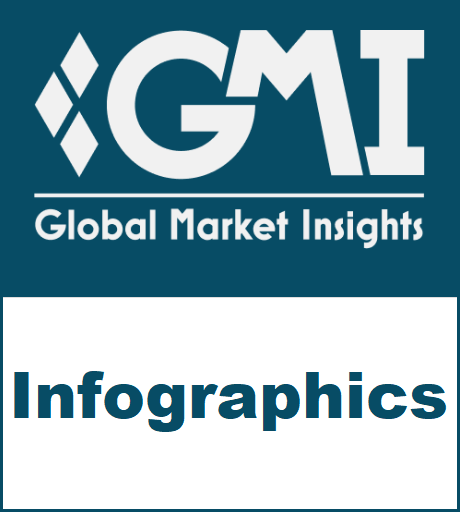Home > Pressrelease > Global Coated Fabrics Market worth $27.4 billion by 2024
Global Coated Fabrics Market worth $27.4 billion by 2024
- Published Date: September 18, 2016
According to a new research report by Global Market Insights Inc., the Coated Fabrics Market size is set to reach USD 27.4 billion by 2024. Availability of substitutes such as leather, plastic, & uncoated fabrics accompanied by presence of large number of domestic players may adversely affect the market trend.
Increase in automotive sales along with rising regulatory compliances pertaining to passenger safety has encouraged global coated fabrics market growth. Rising worker’s safety concern due to increase in accident occurrence during operational hours have resulted in to standardized rules to provide protective clothing.
Coated fabrics market has witnessed immense demand from OEM applications in manufacturing air bags, motor vehicle upholstery, headliners, convertible tops, pickup-truck bed covers, heavy-truck covers and sides, nose covers, and spare tire covers. In terms of material usage, nylon has witnessed major use in airbags while polyester is mainly preferable in trucks covers and sides. Aesthetic appearance to seat covers and possibility to customize designs have also influenced product demand in transportation sector.
Large population size in China and India along with increase in consumer spending on home interiors have encouraged the coated fabrics market demand in furniture upholstery and industrial measures such as sealing and contamination controls. Furniture application was valued at over $1.9 billion in 2015.
Increase in construction spending in hotels, schools, hospitals, office buildings and apartments due to change in living style & need for renovation is projected to fuel fabric backed wall demand. U.S. fabric backed wall business is projected to witness 5% growth rate owing to rising consumer demand for residential applications.
Government initiatives to ensure worker safety in industrial environment has positively drove the coated fabrics market trends in protective clothing. Aprons, chemical & hazardous material suits, clean room clothing, footwear, reflective clothing, and space suits are key protective clothing type.
Browse key industry insights spread across 143 pages with 116 market data tables & 11 figures & charts from the report, “Coated Fabrics Market By Product (Polymer Coated Fabrics, Rubber Coated Fabrics, Fabric Backed Wall Coverings), By Application (Transportation, Protective Clothing, Industrial, Furniture), Industry Analysis Report, Regional Outlook, Growth Potential, Price Trend, Competitive Market Share & Forecast, 2016 – 2024” in detail along with the table of contents:
https://www.gminsights.com/industry-analysis/coated-fabrics-market
Key insights from the report include:
- Germany was valued at over USD 745 million in 2015. Stringent regulations associated with passenger safety along with standardized laws for labor protection has favored regional growth.
- Transportation segment was over USD 6 billion in 2015, automotive industry expansion along with rising penetration in road conveyance are key factors stimulating application growth.
- U.S. polymer coated fabrics is mainly driven by automotive industry growth. In terms of revenue, the segment was worth over USD 2.2 billion in 2015.
- China led by automotive industry growth expects growth rate of 12% from 2016 to 2024. Increasing manufacturing companies set up in India, Malaysia, and South Korea due to positive indicators from FDI should drive regional industry growth.
- Latin America, with motor vehicle growth in Argentina, and Brazil may witness significant gains. Brazil transportation application to expand at over 2.5% CAGR up to 2024.
Global market share is fragmented as domestic companies hold more than 70% of the global demand. In terms of revenue, major players in the coated fabrics industry includes Omnova Solutions, Saint-Gobain, Takata Corporation, Canadian General Tower, and Trelleborg.
Explore More on Related Topics:
Infographics
